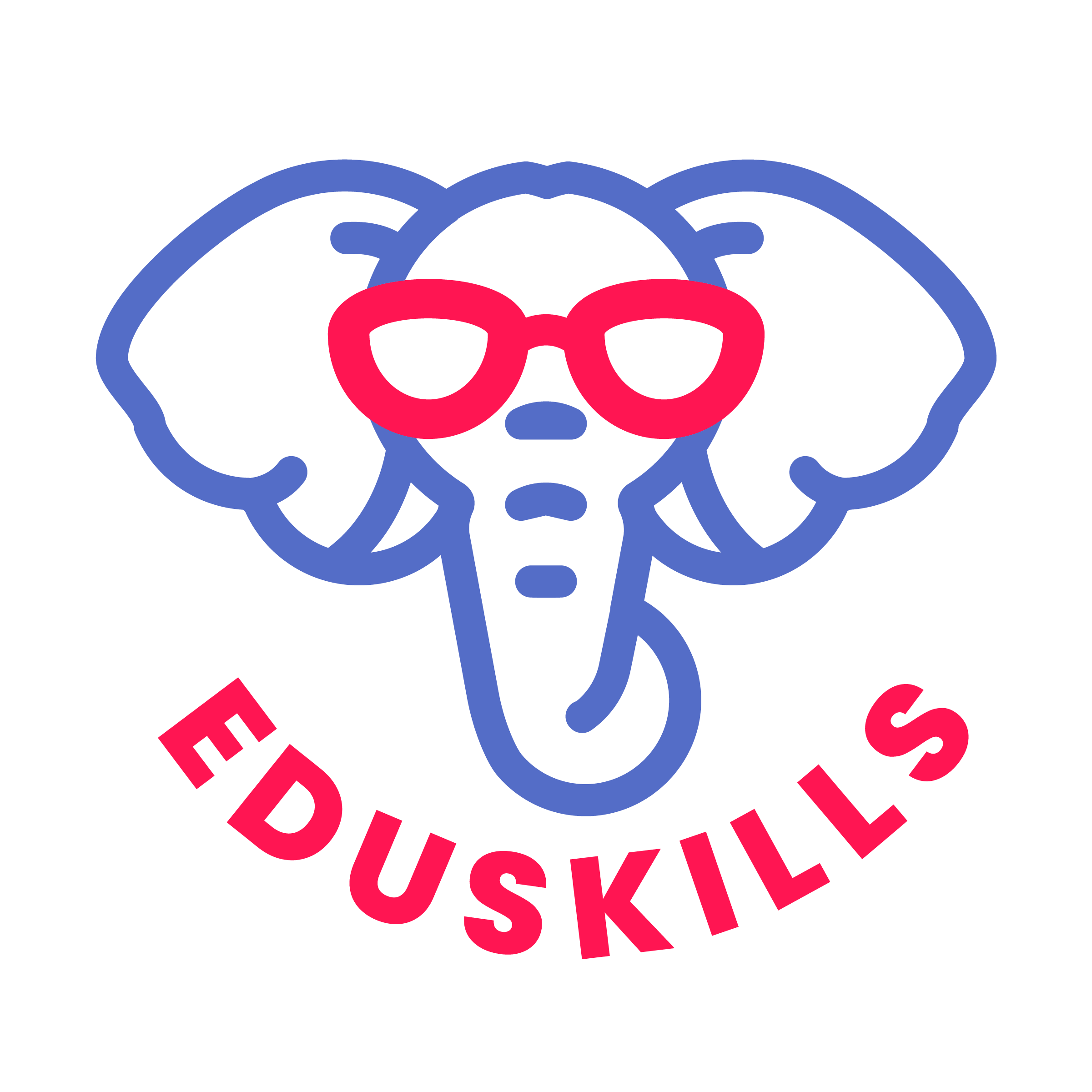Kelly B. Forbes, Ed.D. (learn more about Dr. Forbes HERE).
In today’s culturally and linguistically diverse school districts, fostering inclusivity and celebrating cultural diversity are essential components of effective leading, teaching, and learning. Anchored in Lindsey & Lindsey’s (2016) Conceptual Framework for Culturally Proficient Practices, the Integrated Cultural Language and Proficiency Framework (ICLPF), generated from the findings in my dissertation research (Forbes, 2023), serves as a lens for educators and leaders striving to create welcoming and culturally responsive school and district environments. By embracing the five essential elements of cultural proficiency – assessing cultural knowledge, valuing diversity, managing the dynamics of difference, adapting to diversity, and institutionalizing cultural knowledge – educators can nurture a sense of belonging among students from all backgrounds while promoting academic success, mutual respect, and empathy through culturally proficient perspectives, values, and behaviors (2016).
A principal focus of the ICLPF is a commitment to individual student understanding really knowing our students beyond the classroom. Recognizing the unique cultural backgrounds, interests, assets, strengths, funds of knowledge, and challenges of each student is critical for culturally proficient practices to be evidenced through our leadership and pedagogical endeavors. By tailoring instruction and assessment to meet the varied needs of culturally and linguistically diverse (CLD) students, educators can create personalized learning experiences that resonate with students on a deeper level while supporting their language and content learning. Through this approach, students feel valued, understood, and empowered to excel academically (Forbes, 2023; Lindsey & Lindsey, 2019).
Moreso, John Hattie’s synthesized meta-analyses on student achievement research supports educators striving to understand what works best in education. The findings inform us that certain influences (relating creativity to achievement, persistent engagement, attitudes toward content, enjoyment, positive self-concept, happiness, and prior ability and intelligence) contribute to students’ academic excellence demonstrating effect sizes ranging from 0.4 to 0.96 (Visible Learning Meta, 2023). This is important to understand as the hinge of what is identified as most effective has an effect size of at least 0.4 or higher (2023). When considering the role of cultural proficiency in the classroom, school site, or at the district level, it is imperative we understand the implications of culturally proficient practices as correlated to the actualization of such positive influences found within the meta-analyses, as well as other related research.
When educators and leaders are willing to seamlessly blend culture in language and content instruction, educators are able to elevate culturally relevant and diverse materials that support students’ motivation and engagement. Through a comprehensive approach, all educators are able to build upon the language skills that students already bring with them while they grapple with academic content. All the while, respecting cultural identities is paramount. Regarding CLD learners, “their opportunities to develop habits of mind and cognitive capacities are limited or non-existent because of educational inequity. The result is their cognitive growth is stunted, leaving them dependent learners, unable to work to their full potential” (Hammond, 2015, p. 13). Therefore, it is important to consider how culturally proficient practices, coupled with self- and collective-efficacy, support students in their (intrinsic/extrinsic) motivation and learning.
It should be no surprise that just as collective teacher efficacy can have a large effect size (1.57), students setting high expectations for themselves also have a large effect size (1.44). There is a correlation here – teachers who believe in themselves achieve success and likewise, students who believe in themselves achieve success. Your job as a leader is to foster stronger and stronger senses of self-efficacy not only in your teachers but also in your students (Dewitt, 2017, p. 67).
This work is continuous. Leaders who seek to understand those they are serving – families, students, and teachers – accept that the work centered around creating a truly caring community is long-lasting and ever-evolving (Mayfield, 2020).
Educators can meticulously design curricula in such a way that cultures, languages, and traditions are relevant, represented, and valued within lessons and policies. Considering the role that cultural proficiency plays in providing an equitable education for all students, it is clear that fostering academic success through culturally proficient practices supports interactive culture and language learning, as well as promotes collective-efficacy. Evidence shows that “The process of adopting new ways of thinking can be emotionally taxing as people navigate through a process of letting go of old ways of thinking and embracing new ways” (Mayfield, 2020, p. 34). For this reason, we must reconsider and reflect continuously upon how we used to do things last year versus next year.
Just as we expect our students to acquire language and content, we also should encourage each other to acquire the most culturally competent, relevant, and proficient practices so that we, too, can grow through our own culturally proficient journeys. This is not just about a personal journey, but also one as a nation.
When the U.S. Census Bureau began categorizing people in 1790, there were only three categories: Free and White, All Other Free People, and Slaves. These categories set the groundwork for establishing racial categories based on who had the power and opportunity to pursue life, liberty, and the pursuit of happiness – and who did not (Mayfield, 2020, p. 79).
Fortunately, as educators, we have the unique opportunity to learn from our historical perspectives and practices, and to impact change in a positive way that is culturally proficient. Culturally responsive teaching, at its core, is stellar teaching and does not take years to implement (Mayfield, 2020). We can, and must, continue this work, or at least begin this work now. All of us are able to integrate culturally proficient practices as long as we accept the importance of our efforts while learning from and listening to our students – the most important stakeholders of all!
References:
Dewitt, P. (2017). Collaborative leadership: Six influences that matter most. Corwin. Forbes, K. B. (2023). The dual language impact: The role cultural proficiency can play in supporting all students (Publication No. 30527817) [Doctoral Dissertation, Southern Nazarene University]. ProQuest Dissertations and Theses Global. https://ezproxy.snu.edu/login?url=https://www.proquest.com/dissertations-theses/dual-language-impact-role-cultural-proficiency/docview/2832657000/se-2?accountid=69339
Hammond, Z. (2014). Culturally responsive teaching and the brain: Promoting authentic engagement and rigor among culturally and linguistically diverse students. Corwin. Lindsey, D., & Lindsey, R. (2016). Build cultural proficiency to ensure equity. Journal of Staff Development, 37(1), 50–56.
Lindsey, R. B., Nuri-Robins, K., Terrell, R. D., & Lindsey, D. B. (2019). Cultural Proficiency: A Manual for School Leaders (4th ed.). Corwin. Mayfield, V. (2020). Cultural competence now. ASCD. Visible Learning Meta. (2023) View influences by domain. https://www.visiblelearningmetax.com/



